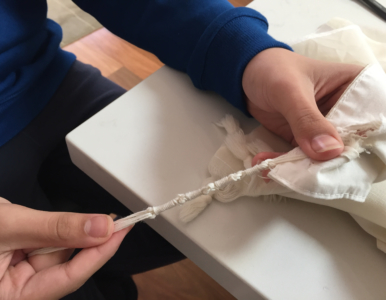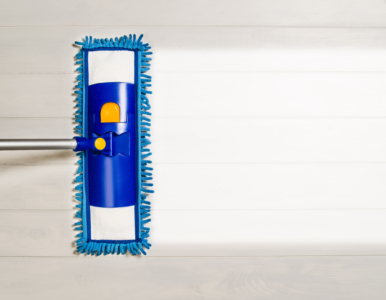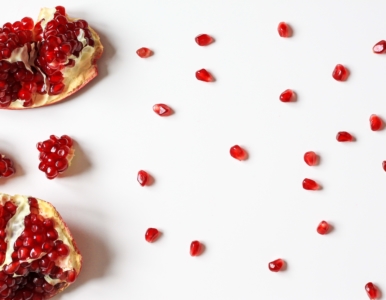Recently, we featured a question of the day from a follower on our WhatsApp status. The question essentially was looking for insight on keeping toddlers busy during those hectic pre dinner and bedtime hours. The question garnered many responses. What we realized from reading these answers is that many other moms feel similarly. They struggle with entertaining their younger children, and although every day with children is cherished, sometimes Mama needs to prepare dinner or even just sit for a bit on the sofa!
We realized we should really work on a post highlighting a couple of ideas to help y’all get through those hours. Sensory bins are a great idea to start with. Once you have the building blocks necessary, the possibilities are endless. Once you’ve set it all up and modeled the proper way to play with the bin for your child, your child is ready to delve into open ended play that can either be mindless or purposeful! Whatever he or she chooses, the fact that this activity can give you a few minutes to yourself is priceless.
Sensory Bins:
What is a sensory bin? Think of it as a good way to keep young children busy for a while. Whether your child is sensory or isn’t, chances are he/she will love this, and it will give you a few minutes of blessed peace! The best part is it is so easy to create these, and they can be done using household items. Change it up often, to keep your child interested.

Some ground rules:
- This can only work with your supervision. Do not attempt to leave the room. These activities can stay tame and contained, but are bound to get more messy if Mom leaves to take a call. We like to make our dinner in the kitchen while the child plays by the kitchen table, or even on the floor near you.
- The child needs to be old enough to understand and follow basic rules. Although it may be tempting to do this with your baby, if he/she ends up eating a button, you’re in trouble. So these activities are best done with children who know not to put small items in their mouth, and can follow a simple direction- such as no spilling the sand all over the floor. (We understand there will be some spillage- see next point.)
- This is a must: spread a large plastic tablecloth under/around the bin. This makes clean up a breeze. You do need to expect some sort of a mess to result from this sort of play, so mentally prepare yourself for that. We find it to be a worthy trade-off.
How to Create a Sensory Bin:
A sensory bin can be created using various household items. We’ll give you the building blocks, and then use your imagination to change it up. We recommend changing it up every few days.
- BIN: You need a large plastic bin to contain the items. Some like to have a smaller bin filled with the items, and place that within a larger empty bin, so the spillover goes there. Your choice. Here are some links for bins:
2. FILLER MATERIAL: This is the base of your sensory bin. We like to use rice, beans, or cornmeal for this, and recommend switching it up between the three. Sand or corn kernels work well, too.
3. “TOOLS”: You’ll need items to scoop and dig and mix! We included some links and ideas below, but if your budget is limited, you can certainly use cups, spoons, and other kitchen items you already own.
4. ADD ONS: Here is where you can get as creative as you like. Will your sensory bin be filled with buttons or pom poms that your child needs to sift to find? Will it be cars or tractors that are driving through and digging? Are there wooden ABC’s scattered through for your child to find and match? Really, the sky is totally the limit. Here are some items we recommend adding to your sensory bin.
PRE-MADE SENSORY BINS:
Is all this too overwhelming for you? Are you not a DIY type of gal? We got you. Here are some options that come with everything you need:
As an Amazon associate, I earn from qualifying purchases.


























